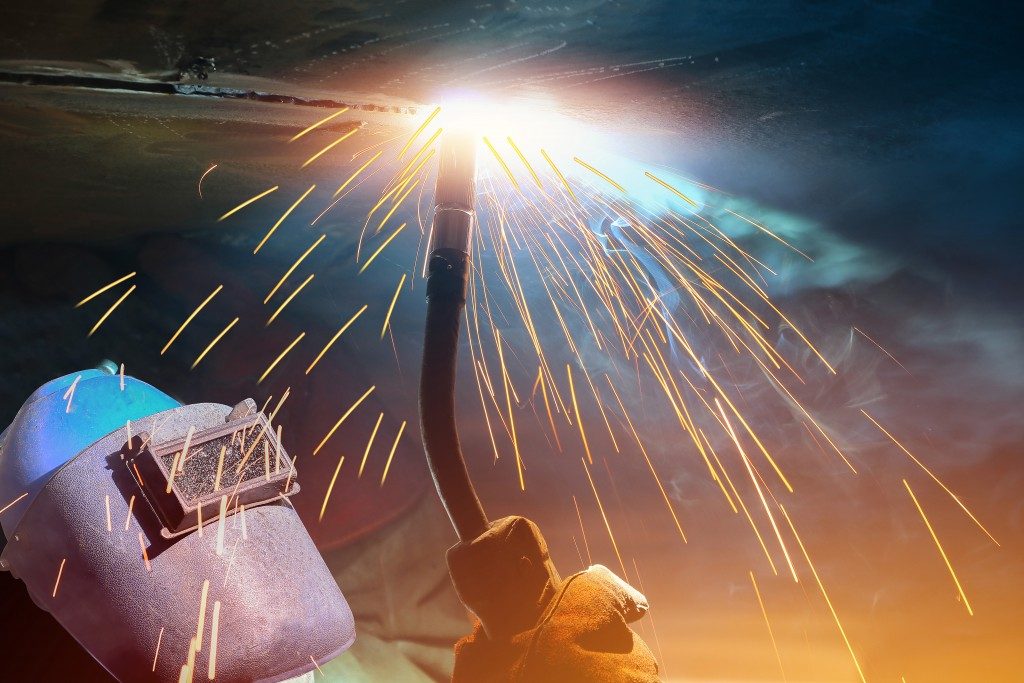A welding joint is the arrangement or configuration of two metallic pieces or more that are joined together. They are all classified into five categories by the American Welding Society. However, other standards have an additional type that is a derivation from the five standard ones. It rarely features in books, but it appears in industrial welding applications.
For a welding company in Edmonton, weld joint configurations matter because they determine what the specific joint can withstand. Consequently, the load that you impose on the joint will vary as will the integrity factor. Every welding joint variation will serve different needs. They include:
Tee Joint
True to the name, this joint forms when the two metals join at an angle of 90 degrees to each other. The edges join at the center of the component. These joints are a type in the fillet weld category, but they can be formed when one welds a tube onto a plate. During welding this joint, care must be taken to make sure that the first metal penetrates well into the base plate of the weld. A common defect for this joint is a lamellar tear. It happens when the joint is under high constraint, so deformation cannot be minimized. Pressure buildup causes the weakest parts to tear.
Lap Joint

This joint is common with pieces that differ in thickness. It is most common to have the weld on one side, although it works fine on both. The joint forms when the metal pieces are pitted on top of each other in a lapping pattern. This joint is mostly used for metal sheets. The base metal does not need grooving.
Edge Joint
This joint forms on metal sheets with flanging edges. It can also develop when one places the metal at a place where the weld will need to attach the adjacent pieces. Edge joints are usually set beside one another and joined along that edge. Heavy applications call for the use of filler metals to fuse the sides and add reinforcement. Since there is contact between the two metals, it is possible for them to erode over time. One should not be surprised to notice slag inclusion or a lack of fusion.
Corner Joint
This joint is very popular in the outer edges. The pieces come together at 90 degrees and form L-shapes. They are very common in box frames. This joint can only be fillet-welded.
Butt Joint
This joint is universally accepted for use in joining pipes that are intended for use in fittings, flanges, and valves. Also called a square groove, this joint is easy to form and has the pieces laid parallel to each other. The shape of the groove usually varies and is made to serve the strength of the joint. Depending on the requirement, the joint can be configured to be closed or open.
Before welding joints, the metal pieces must be prepared. Processes for preparation include forging, stamping, shearing, and casting. As far as it regards safety, one must always follow industry requirements when choosing the joints to use.

